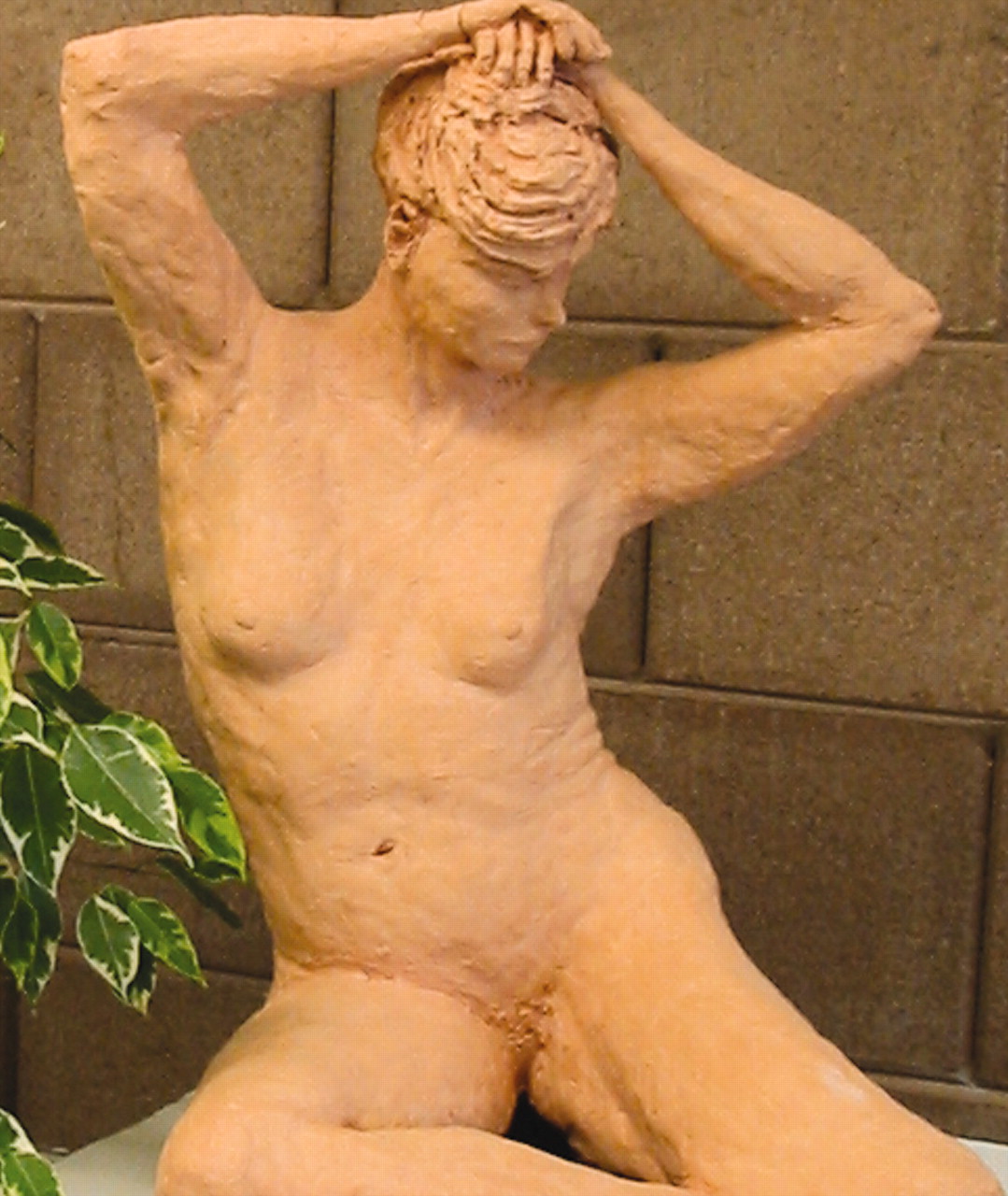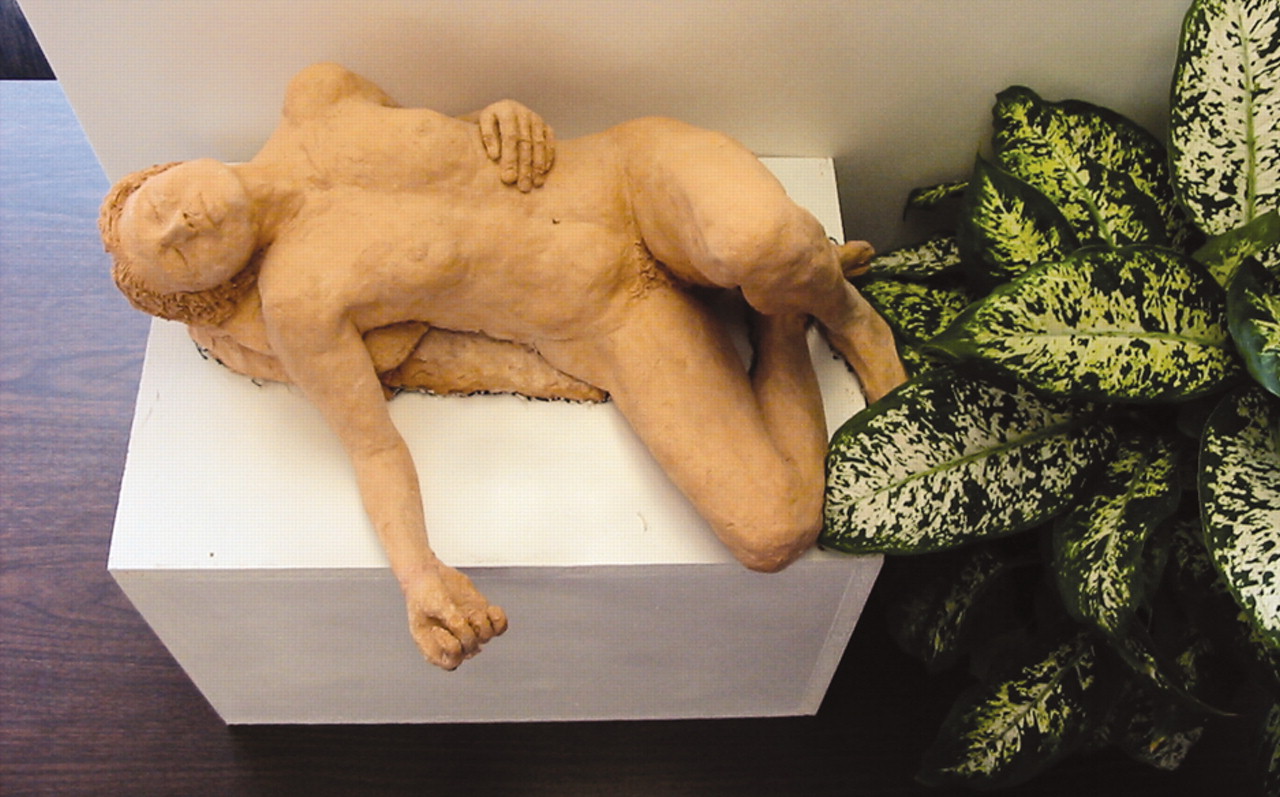For three hours every Saturday, psychiatrist Larry Lurie, M.D., gets his hands dirty—and loves it. Twelve years ago, when he was in his late 50s, Lurie decided to stop talking about how much he wanted to be a sculptor and do something about it.
Last year, to thank his district branch, the Northern California Psychiatric Society (NCPS), for its hard work during his two decades as an NCPS leader, Lurie gave the organization two of his works. The two pieces, titled “Ballerina” and “Mai Ling in Repose,” now grace the NCPS’s San Francisco office.
Lurie is in full-time private practice and is a clinical professor of psychiatry at the University of California, San Francisco. It was in the early 1990s, as he began to think about retirement, that the urge to sculpt really took hold, Lurie told Psychiatric News. “I have gone with a men’s backpack group yearly, and during our outings we review our past and talk about our future. After many years of telling them I would like to try sculpting, and then doing nothing about it, a member of the group, tired of hearing about it, handed me a clipping about sculpture classes and urged me to do something about it before the next year’s backpack trip,” he said.
At that point he began taking sculpting classes every Saturday morning.
The “tactile, hands-on” nature of this art form is particularly intriguing to him, Lurie noted. “I had thought of becoming a surgeon, but didn’t feel I had the skills, but even thinking about that specialty must have meant that I like the touching aspect. Psychiatry, in contrast, is so hands off.”
Also intriguing about sculpting, he added, is the “three dimensionality of it, which makes the works seem fuller and more complex, since what one sees is not only 360 degrees horizontally, but also 360 degrees vertically.”
So far, all of Lurie’s sculptures have been of the human figure, mostly heads and busts. “I occasionally have done some abstractions related to the human form and hope to do more of that when I retire and have more time,” he said. “It takes me about three months to complete a figure, so that in one year I can do only about four, and of those only a portion come out the way I would like.”
Lurie does most of his work at the studio of his teacher, Harriet Moore. He admits, however, that he has from time to time used his dining room as a makeshift studio, “somewhat disrupting the household.”
Lurie has decided, however, that his sculptures will not find a place of honor in his psychiatric office. “I have not brought any sculptures into my office, although I have had to fight that impulse many times,” he said. “My sense is that my sculptures would be an intrusion into my patients’ lives and the issue for which they come to the office. It would be about me and not them. I have never put my diplomas or awards in my office either.”
In fact, Lurie noted that he rarely even mentions his sculpting skills to his patients. He did see a link between his avocation and the work his patients struggle to complete in therapy.
“Since I believe that much of the change that occurs in psychotherapy is the patient’s ability to see things with ‘new eyes,’ perhaps there is a connection between my vocation and my avocation,” he suggested.
As he approaches retirement after 40 years of psychiatric practice, Lurie, who serves APA as chair of the Committee on Managed Care and a member of the Council on Healthcare Systems and Financing, plans to devote far more time to his hobby, including exploring more abstract work and experimenting with ceramic glazes. “There is always so much more to learn when one really starts to focus,” he emphasized. ▪


